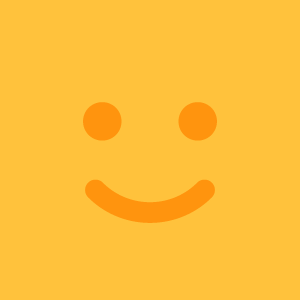Design Sprint- Coursera Google UX Design
https://coursera.org/share/3445ff88840f05611f4901b95159c4df
What is a Design sprint?
The goal of design sprints is to solve a critical design challenge through designing, prototyping, and testing ideas with users. Google use design sprint to answer questions, define product directions, figure out cross-team strategies, and even build team culture.
Design sprints save time for decision-making.
5 steps for the Design sprint
Imagine I am a UX designer for a company called Cycling Enthusiasts. I'm a latest app lets cyclists track their distance ridden and calories burned. Sadly, the app sales have started slumping. So, how can a design sprint solve this problem? Let's find out.
1 understand- understand the scope of the design challenge
This phase sets my sprint on the right track and helps my team get a clear picture of the design challenge. My team takes time to learn from experts and engage in creative discussions with a lot of different people from other departments and industries. These conversations help you more clearly understand the design challenge. For our imaginary sprint, let's say sales are slumping because the app doesn't offer bicyclists anything new.
2 ideate-ideate possible solutions
This phase is pumped full of inspiration and ready to ideate some solutions. To get the creative juices flowing, I start this phase by coming up with ideas and building off of them to create solutions. Once I've got the team thinking, each participant takes time to sketch and present their ideas. Don't worry about drawing skills here, the idea is what matters.
On top of all the ideating that happens in phase two, you also need to start planning for user testing, which happens in phase five of the sprint. During user testing, you'll have a diverse group of people test your product and provide feedback. To be able to do this, you need to start recruiting users that fit your target profile now, so the sprint stays on schedule.
3 decide-decide on the most viable solution
By the time I reach phase three, I have a lot of potential solutions for your design challenge. Now it's time to decide which solutions I want to build. Together, your cycling app team discusses each possible solution and eventually decides on the one solution that is most likely to excite users and increase sales. For example, the solution might be a future that uses the cyclist's location to create customized routes that meet their fitness goals.
4 prototype-create a workable prototype
I'm now ready to build the first version of your new app feature. At the end of this phase, I don't need a finished product, just something realistic enough to test with users. By focusing only on what the user experiences on their screen, your team creates a working prototype of the new customized routes feature. During this phase, I also finish prepping for user testing by confirming the test schedule, finalizing interview questions, and making sure my prototype is good to go.
5 test-test that prototype with actual users
Now, it's time to put my prototype in front of users. As users test your prototype, you observe how they react and then interview them about their experiences. Your team gains critical insight into changes that need to be made before you launch the new feature.
